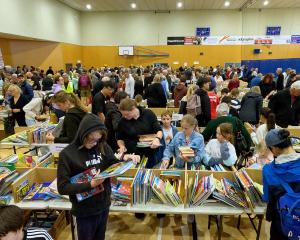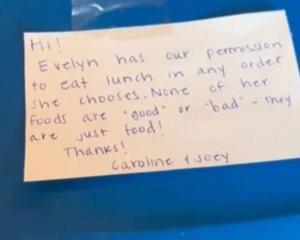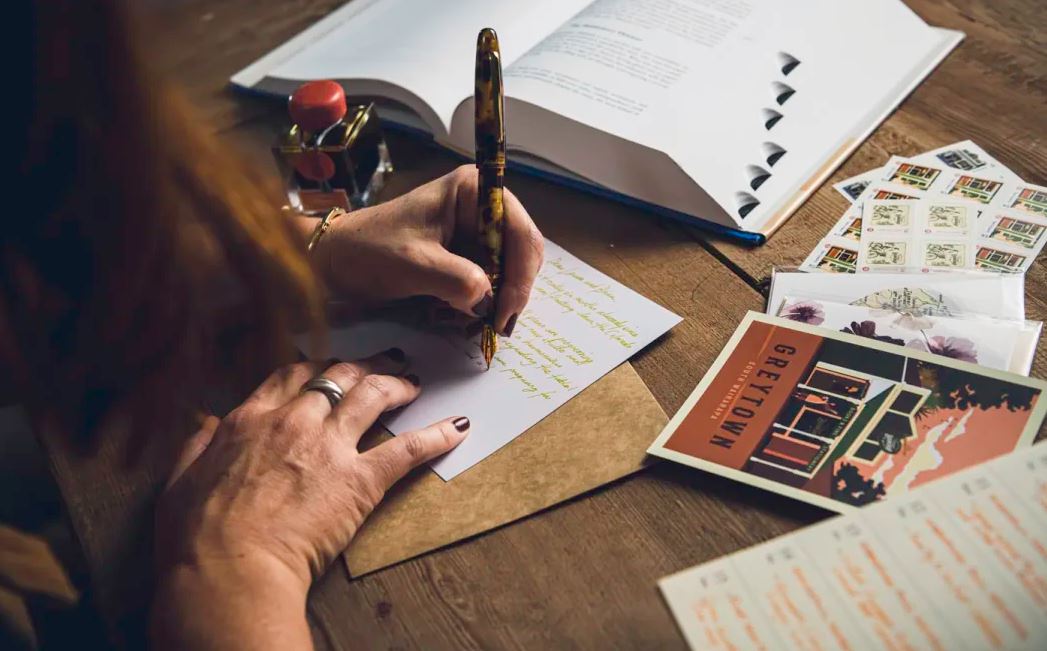
"I receive less post now than I used to, and I feel sorry for people who don’t have penpals because they don’t get any fun stuff in the mail."
This year, she’s taking things up a notch by committing to sending a card in the post to a different recipient every week. When she put a call out on Instagram looking for recipients, she was overrun with replies.
"My Instagram was ablaze for the next week, which was quite surprising. I didn’t think so many people would be into giving their address to a stranger."
If the only action your letterbox sees is junk mail or bills, you’re not alone. In 2021, a Ministerial briefing from the Ministry of Business, Innovation and Employment (MBIE) said that while declining mail volume was a global trend, New Zealand was experiencing a faster decline than average. Of the roughly 300 million letters sent through NZ Post's network in 2020, around 1 percent were paid for by private individuals.
In 2022, NZ Post Tukuroa Aotearoa chief executive said that the future was "a less letters environment". In November 2023, the organisation admitted it was quietly retiring the single-sheet Aerogramme that was once the mainstay of international correspondents.
Gibson concedes her penchant for letter writing makes her unusual in her age group ("I don’t think any of my friends who I see on the day-to-day really send letters to anyone") but she's sticking with it.
She says beginner letter writers should feel the fear and do it anyway.
"It takes a bit more effort than sending a direct message or an email, but it’s so worth it. Just randomly send something to a friend or a family member. They will love it.

She’s already sent off her first card for the year, having compiled a list of "different, interesting people" with a wide range of interests.
"I’m not expecting all of them to write back, but some of them have already said they will."
Becoming a person of letters comes at a price. Sending a standard letter to someone in New Zealand now costs $2, while an oversized missive will cost $4.60. Sending love overseas costs anywhere from $3.30 for a postcard to $6.90 for something bigger.
For some people though, the cost-benefit ratio of sending (let alone receiving) a personal letter in the post is worth every cent.
Millie Blackwell has "always" been a writer of letters. In her youth, in the time before texts, emails and WhatsApp messages, writing letters was a crucial mode of communication.
"Back then, letters felt like they were really necessary," she says.
"When I left home in 1999, New Zealand Post was quite loose about what you could send as a letter. I remember writing one to my brother, and packing it into a CD case, then putting that in the mail with a stamp on it.
"Even now, it’s amazing what you can get through in the post. Last year when I was in the US, I sent a cool oyster-shaped postcard to my friend Martin Bosley. I didn’t know his exact address so I just wrote, ‘Martin Bosley, Main St, Greytown’ and it still got to him."
While the personal letter has lost traction in a digital world, Blackwell says they’re still important.
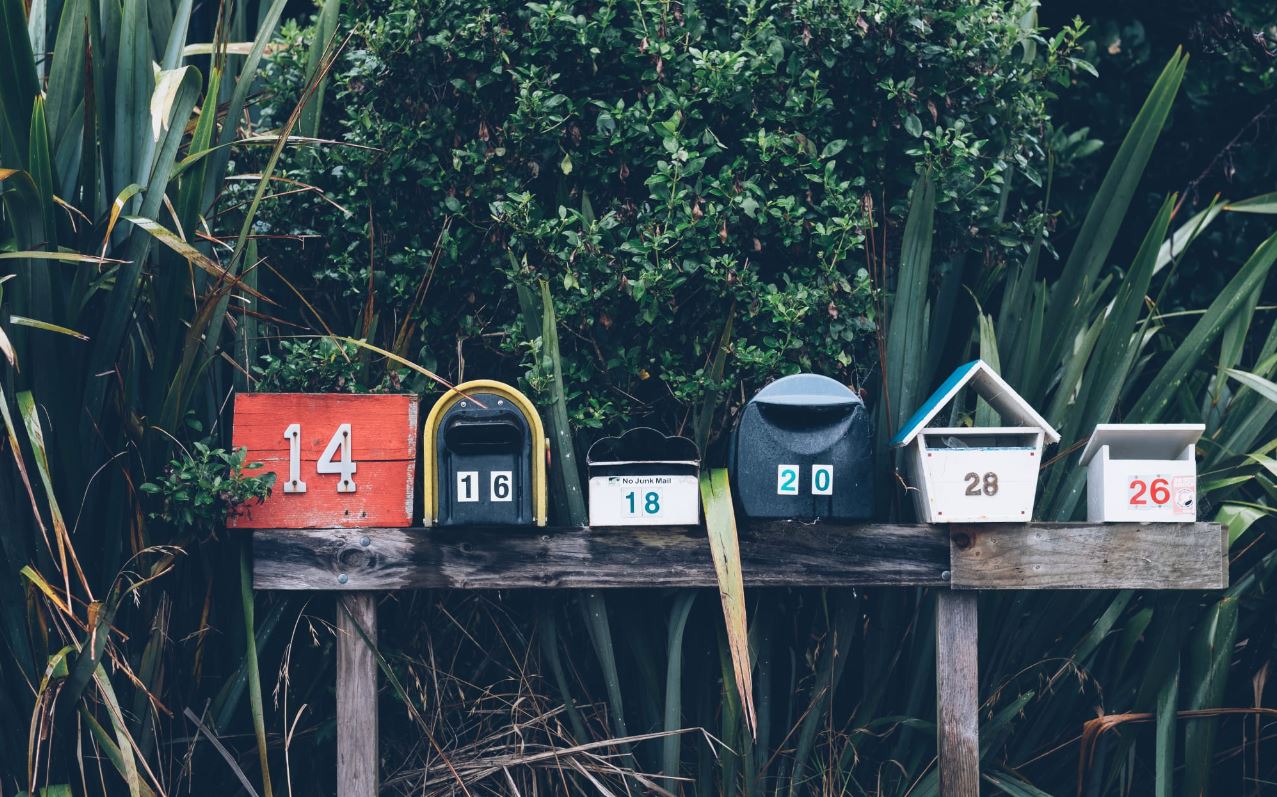
Last night, she held a letter-writing workshop at her Greytown bookstore, Mrs Blackwell’s Village Bookshop. Participants were coached in what Blackwell calls "the good old-fashioned art of letter writing".
"For me, I personally think the magic of letter writing is getting something in the post."
Last year, 240 children and adults signed up to a penpal exchange programme run between Wellington City Library and a cluster of libraries in Delaware, on the east coast of the US. Tess Mehonoshen, library specialist at Wellington City Library, developed the mass penpal project with a librarian in Delaware.
In September, she said participants of all ages were "super enthusiastic and excited" to write letters.
"I was quite surprised that we got a lot of people in their 20s and 30s. It’s something you did a bit as a kid, but you never get around to do it anymore. People love having to slow down and that there’s no pressure to reply straight away."
When she’s writing letters, Blackwell approaches each handwritten letter or card as "a very tiny art project", using beautiful paper, inks, stickers and vintage stamps.
"It’s a little bit of creativity, for someone like me who’s not creative."
While digital forms of communication expect an instantaneous reply, Blackwell says sending a letter is about connecting in a different way.
"It’s a one-way broadcast, with no expectation or concern about getting responses. I tell people that if they want a response to their letter, embrace the question mark."
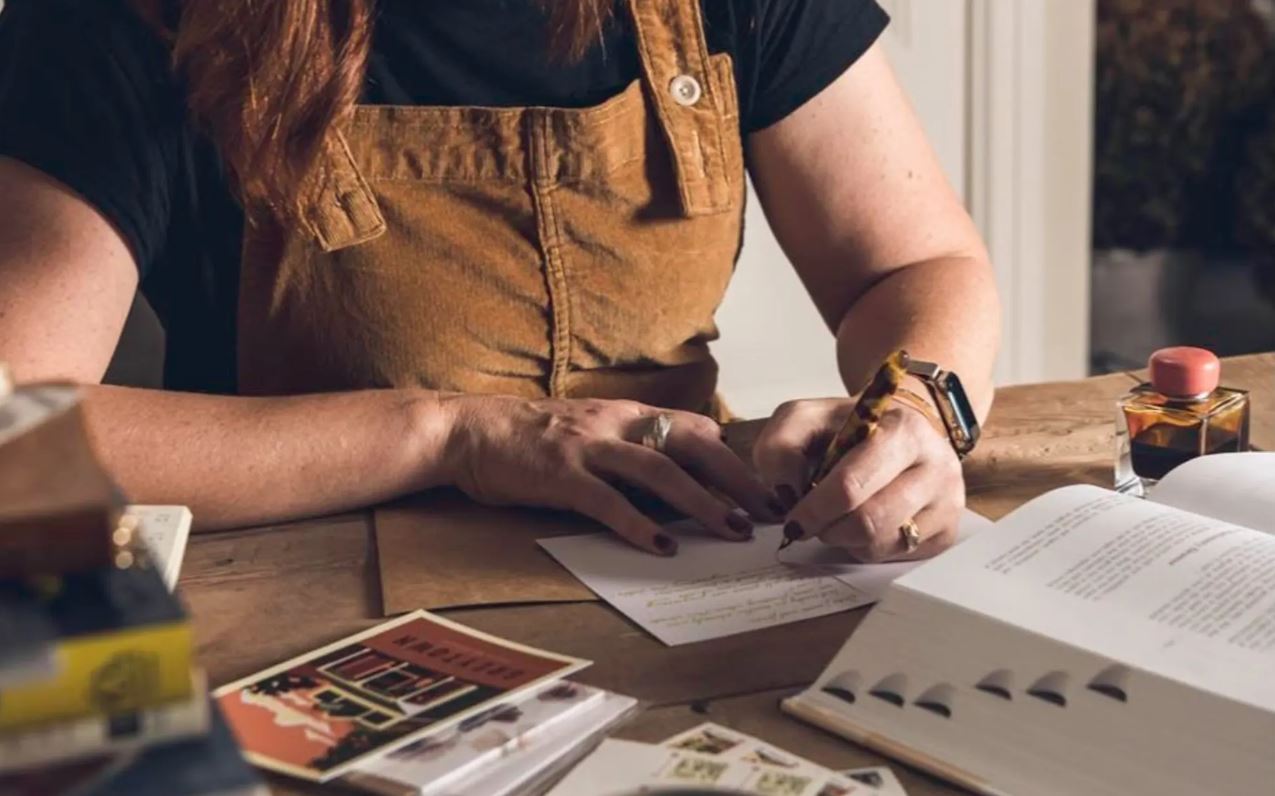
"For me, handwriting has been something I’ve practiced and wanted to be good at. When you write with a biro, it’s quite hard on your hands, you have to push down to get it to deliver ink. If you’re not used to writing it can be quite fatiguing for your hand. With a pencil, or a gel pen, or a fountain pen, it’s easier to push it along the page."
Paper or card choice is even more important, she says.
"If you send someone a letter on a piece of A4 Xerox paper, it feels like a piece of business communication. But if you use a card or a piece of A5 letter paper, it instantly feels special."
That’s not news to Kim Helas, who has owned upscale Auckland stationery store Passion for Paper for 28 years.
Helas says her customers span all ages, including "young men who want to write letters to their girlfriends". French and Italian writing paper, or boxed sets of paper, cards and envelopes, are still big sellers, she says.
She says Covid-19 lockdowns sparked interest in letter and journal writing (and a spike in sales of related products), because people had more time to think about friends and family who were important to them.
"I’m glad to say letter writing is not a lost art. It’s quite heartening to have a spectrum of people coming in, from young people to the older generations.
Helas isn’t as prolific a letter writer as she used to be, but still treasures a bundle of Aerogrammes that her grandmother sent her when she was living in London in the 1980s.
"I don’t read them all the time, but I have them tied up with a beautiful ribbon and it’s nice to know they are there."
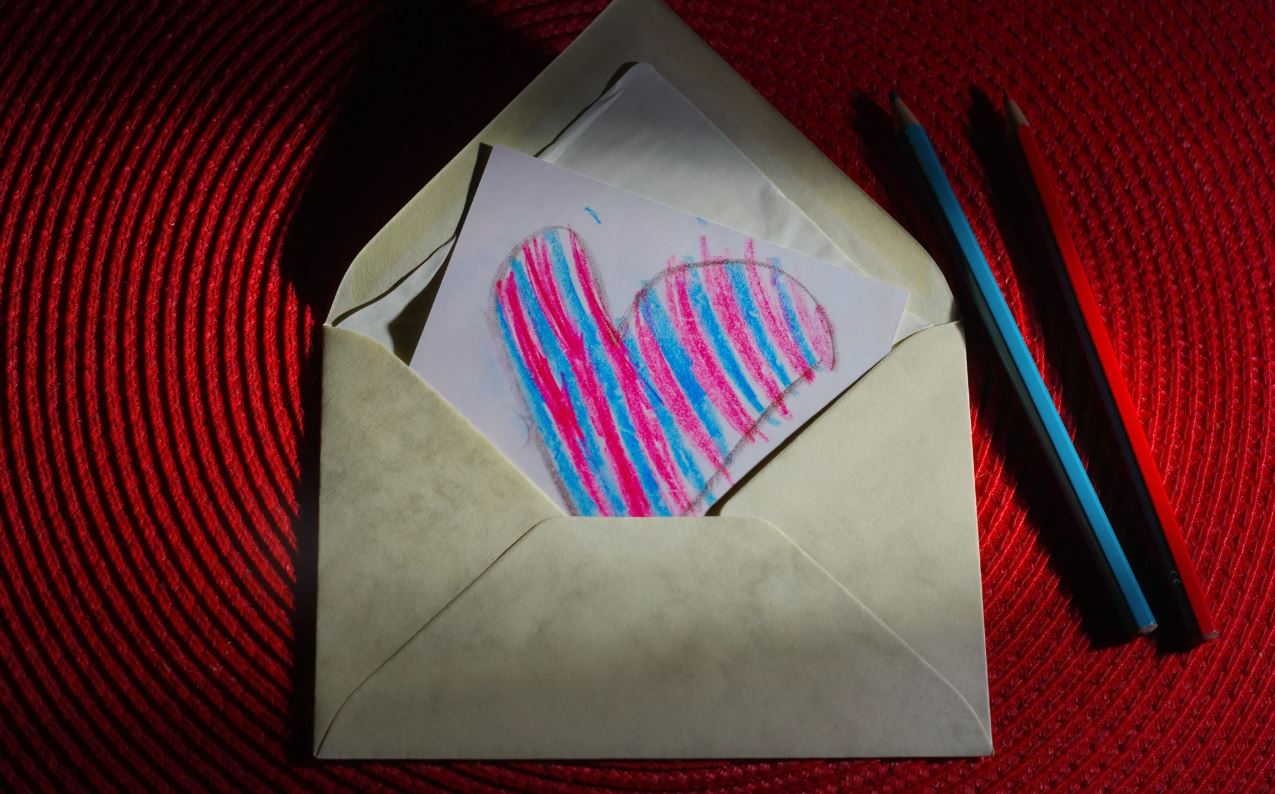
"It’s that whole thing of sitting down, head to hand to paper, it’s the process of those three things to produce a letter.
"People need an outlet and writing a letter is very personal. Taking the time to write to someone is an amazing thing. It’s so much more rewarding than writing a text or an email. There’s virtually no need for handwritten letters, but that’s what makes them so special. It would be nice if more people chose to express their affections in the post."
MILLIE BLACKWELL’S LETTER-WRITING TIPS
SIZE DOESN’T MATTER: "Never worry about length. If you haven’t written to someone for two or three years, don’t get hung up on thinking you have to tell them everything that’s happened in your life. Just concentrate the message on a single thing and let them know that you’re thinking of them."
PUT YOUR STAMP ON IT: "If you’ve got old unused stamps lying around, you can still use them as long as they add up to the postage amount. It’s a really fun way to make an envelope exciting for you and the recipient."
GET PREPARED: "When you see pretty cards or paper, buy them and keep them on hand, so whenever the mood strikes you can send them out. Don’t save them for ‘best’."
EMBRACE THE MISTAKES: "Don’t worry about making a mistake. Just cross it out or put a sticker on it and carry on. Make getting it in the post more important than making the letter perfect."
By Lucy Corry




